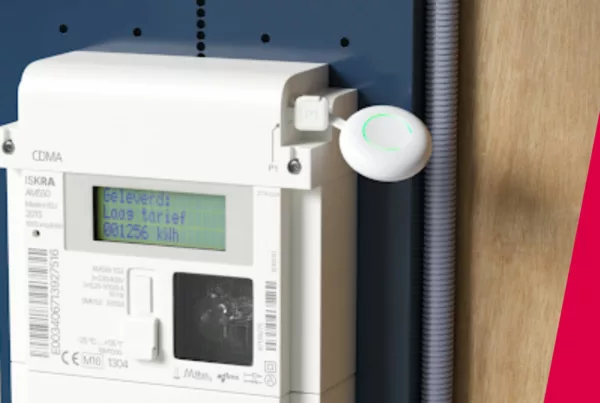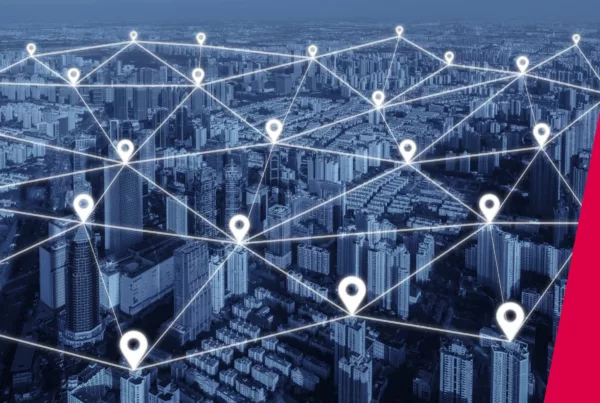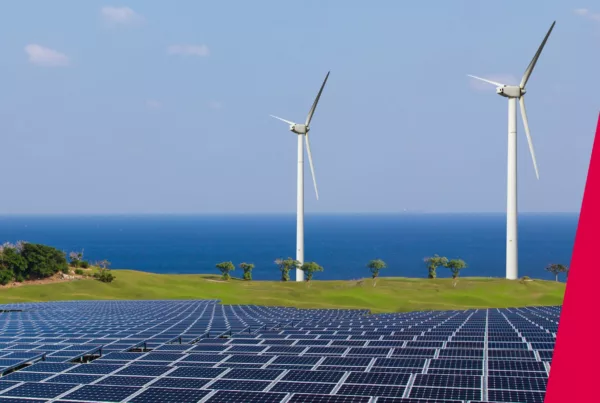Hidden Costs of Traditional Control and Automation Systems
In the world of industrial IoT, energy management IoT infrastructure is crucial to the future of our energy ecosystem, grid stability, and energy efficiency in the built environment. However, the choice between traditional control and automation systems and advanced wireless IoT solutions (like EpiSensor) can significantly impact your energy programme’s cost, complexity, and effectiveness.
Here, we delve into the hidden costs and intricacies associated with traditional industrial energy monitoring systems and provide a checklist to consider when choosing an energy monitoring system.
Attribute
Traditional Control & Automation Systems
EpiSensor Wireless IoT Solution
Complexity
High – requires specialist expertise to configure meters
Low – plug and play, electrical installation only
Disruption
High – given the communications wiring and need for equipment shutdowns
Low – through wireless communications and split-core CTs / Rogowski coils included
Installation
High Cost – wired communications & panels have to be cut to install traditional meters, enclosures & accessories usually come at additional costs
Low Cost – No communications wiring required, enclosures are water/dust proof and double-insulated as standard, designed for retrofit, all accessories included
Current Transformers
Additional Cost – Are not included by default, and they require additional calibration to achieve high system-level accuracy (i.e. additional cost, time, and expertise investment)
Low Cost – CTs are pre-installed and pre-calibrated to a very high accuracy class (Class 0.5S system-level accuracy), saving time and money
Safety
Connecting traditional CTs can pose a safety risk
System includes out-of-the-box protected and pre-connected CTs. No need to run communications wiring into high voltage environments
Security
Plain insecure data on data wiring, difficult / impossible to update remotely
Fully encrypted, Over-The-Air software updates included as standard
Data
Limited, often only measures kWh, licence fees based on ‘tags’
Extensive – monitor up to 50 electrical parameters, no additional licencing costs
Reliability
Often no local data logging capability if ‘master’ goes offline.
High – years of non-volatile, time-stamped data logging at each meter/sensor device.
Extensibility
Electricity monitoring only
The same wireless system can monitor gas, water, oil, temperature, steam, heat etc. Unified by our Gateway enabled with Edge environment. Including an on-board app store for extending functionality
Interoperability
Often proprietary communications standards, designed to lock-in to service contracts, no web native communications.
Support many traditional (e.g. Modbus, OPC, BACnet) and web-style (MQTT, HTTP) communications standards, open data formats.
Support
Local / onsite
Global remote support and system upgrades
Overall, during the procurement stage, we recommend you challenge the complexity, installation process, comprehensiveness, accuracy level, and security of the system you are considering as it will inevitably add substantial costs if the system you choose is not aligned with the timeframe and specifications of your energy management programme.
Empowering your future energy programmes
In conclusion, while traditional industrial energy monitoring systems do not typically lack performance credentials, the complex installation process, lack of integrated CTs, and limited remote management capabilities mean they come with a range of hidden costs that can rapidly absorb programme margins and impact project feasibility. On the contrary, advanced IoT solutions like EpiSensor offer a compelling alternative, reducing complexity, cost, and disruption while providing enhanced safety, security, and extensibility.
Would you like to hear more about our rapid-install systems?
Connect with an expert today by booking a call at a time that suits you.




